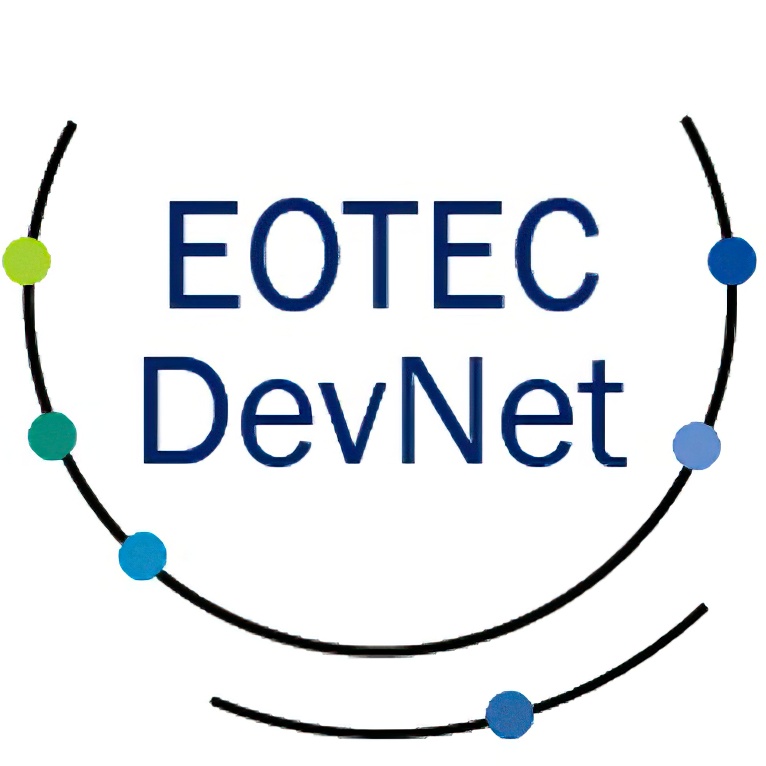The scientific community widely discusses the scientific evidence of risk and climate, but there is less focus on how to communicate climate and risk to decision-makers, media representatives, and the general audience. The burning question on climate and risk communication is “Do we, as scientists, need to concern ourselves with whether or how the [scientific] information is used?” (Shafer, M., 2008). Without any doubt, the answer is Yes. However, this concern is strictly linked to communication. Scientific evidence is not a merely scientific practice, but a way to understand how to better cope with risk and climate-related issues. Hence, how to effectively manage communication to raise awareness of different audiences? How to be confident in communicating with non-academics or non-experts? How to increase knowledge and understanding of climate and risk? How to communicate uncertainty?
This short course will consist of a pre-course online (24 February 2020 – 20 March 2020) + 5 days classroom course (23-27 March 2020), and it will focus on climate and risk communication has the aim:
• to provide an introduction to the social and political context of the communication process
• in peacetime and during emergency
• to increase the understanding of key players’ roles in the communication process
• to increase the confidence and capacity to understand the information needs of different
• type of end-users
• to illustrate and practice basic communication techniques, languages and channels
• to improve the communication skills of the participants
The training course is structured in two parts:
• Distance learning module open for 4 weeks (mandatory)
• Workshop in Florence lasting 5 days
The distance learning module will use the “Introduction to Climate and Risks Communication” course on TOPaCS. Distance learning is mandatory to participate in the Workshop.
The estimated time to complete the DLC is approximately 5 hours per week, for 4 weeks.
